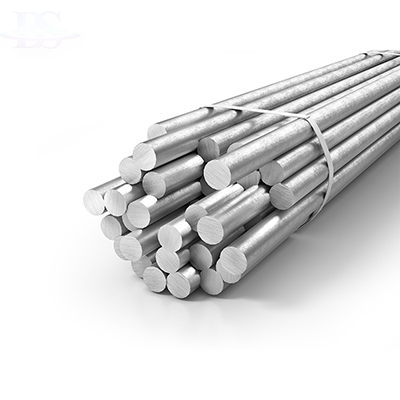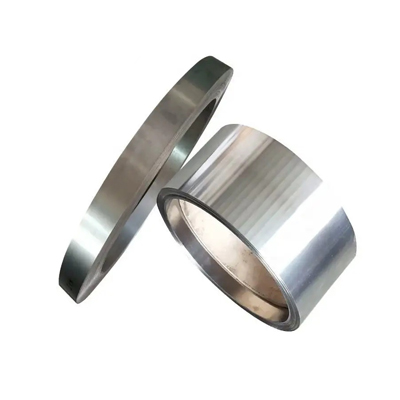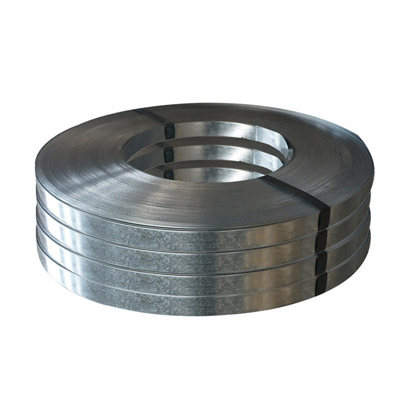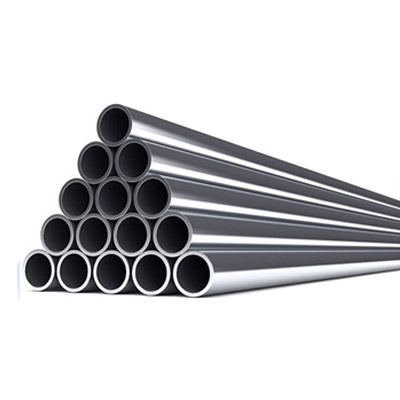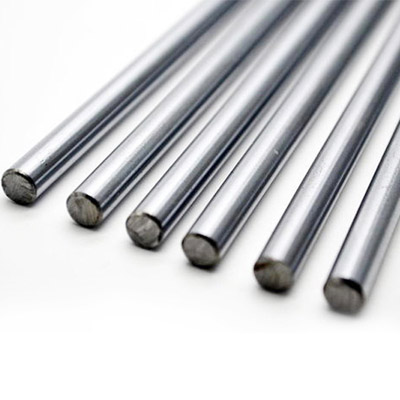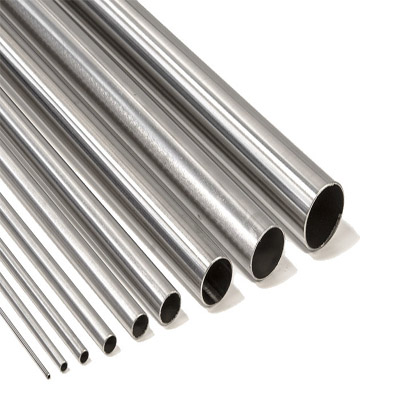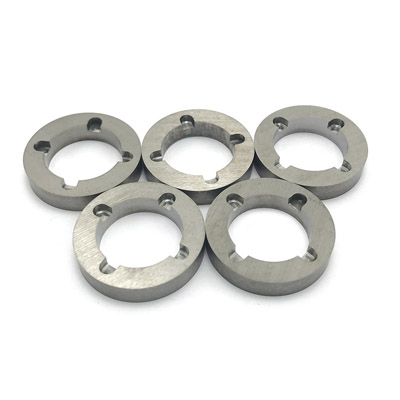Nitronic 50 UNS S20910/XM-19 nitrogen-strengthened austenitic stainless steel
Overview
Nitronic 50 stainless steel, also known as UNS S20910 and XM-19, is an austenitic stainless steel with a blend of strength and corrosion resistance that is better than Stainless Steels 316, 316/316L, 317, and 317/317L. In fact, XM-19 has twice the yield strength at room temperature compared to Stainless Steels 316/316L and 317/317L. Additionally, it has good mechanical properties at elevated and sub-zero temperatures. Other characteristics that set XM-19 apart from other grades of stainless steel are that it does not become magnetic when severely cold worked and it has outstanding corrosion resistance in harsh environments such as marine applications.
Nitronic 50 is composed of between 20% and 23% chromium, 11% to 13% nickel, 4% to 6% manganese, and 1.5% to 3% molybdenum, with the balance being iron. Also found in Nitronic 50 are trace amounts of carbon, silicon, sulfur, phosphorus, nitrogen, columbium (or niobium) and vanadium. As noted previously, it is much stronger than Stainless Steels 316/316L and 317/317L; however, the same fabrication equipment and procedures used for the Stainless Steel 300 grades can be utilized for Nitronic 50. In addition, the same cooling techniques used for Stainless Steels 316/316L and 317/317L can be utilized for Nitronic 50.
Nitronic 50 can be a confusing alloy to work with, as there are three different types of conditions used for numerous applications. The three conditions are annealed, as-rolled and high strength. As-rolled is a term used by the mill to state the fact that it is a “rolled” material. All conditions of Nitronic 50 are first rolled. Both the annealed condition and the as-rolled condition are rolled at the same temperature. To acquire Nitronic 50 annealed, the material would first be rolled, followed by either a mill or local annealing process which lowers the tensile and yield properties resulting in a more workable material. On the other hand, transforming Nitronic 50 into the high strength condition can only be done at the mill after the original rolling process, which is done at a lower temperature than annealed and as-rolled material to further help increase the properties. Then high strength material is rolled a second time and later cold worked, which again increases the physical properties of the material even more.
Limiting Chemical Composition, %
Nickel..................................................................................................................................................................................11.50-13.50
Chromium...........................................................................................................................................................................20.50-23.50
Manganese.............................................................................................................................................................................4.00-6.00
Carbon.....................................................................................................................................................................................0.06 max.
Silicon......................................................................................................................................................................................1.00 max.
Sulphur....................................................................................................................................................................................0.01 max.
Phosphorus.............................................................................................................................................................................0.04 max.
Molybdenum............................................................................................................................................................................1.50-3.00
Niobium....................................................................................................................................................................................0.10-0.30
Vanadium.................................................................................................................................................................................0.10-0.30
Nitrogen....................................................................................................................................................................................0.20-0.40
Physical properties
Properties |
Metric |
Imperial |
Density |
7.88 g/cm³ |
0.285 lb/in³ |
Mechanical Properties
Properties |
Tensile strength |
Yield strength |
Elongation |
Hardness |
Metric |
690 MPa |
380 MPa |
35% |
293 |
Imperial |
100 ksi |
55 ksi |
35% |
293 |
Corrosion resistance
Nitronic 50 stainless steel provides outstanding corrosion resistance superior to Types 316, 316L, 317, and 317L in many media. For many applications, the 1950 °F ( 1066 °C) annealed condition provides adequate corrosion resistance and a higher strength level. In very corrosive media or where material is to be used in the as-welded condition, the 2050 °F (1121 °C) annealed condition should be specified. High-Strength (HS) Nitronic 50 bars are useful for applications such as shafting and bolting, but do not quite exhibit the corrosion resistance of the annealed conditions in all environments.
Nitronic 50 stainless steel exhibits good corrosion resistance to a variety of media. Pitting resistance, as measured by tests in 10% FeCl3 solution, is better than Type 304. In sulfuric acid and hydrochloric acid, N50 is much better than Types 409 and 410 and approaches Type 304 in more dilute solutions.
Heat treatment
Final annealing process performed for several of the applications, is done at 1065°C (1950°F), which is followed by water quenching. In case this material is used in a strongly corrosive environment, annealing should be done at 1121°C (2050°F). This alloy cannot be hardened by heat treatment.
Available Forms
We provide you with a variety of product forms, including but not limited to
● Bar & Rod
● Pipe & Tube
● Coil & Strip
● Plate & Sheet & Circle
● Wire & Welding
● Fitting (Flange, Elbow, Tee...)
● Customize
description2



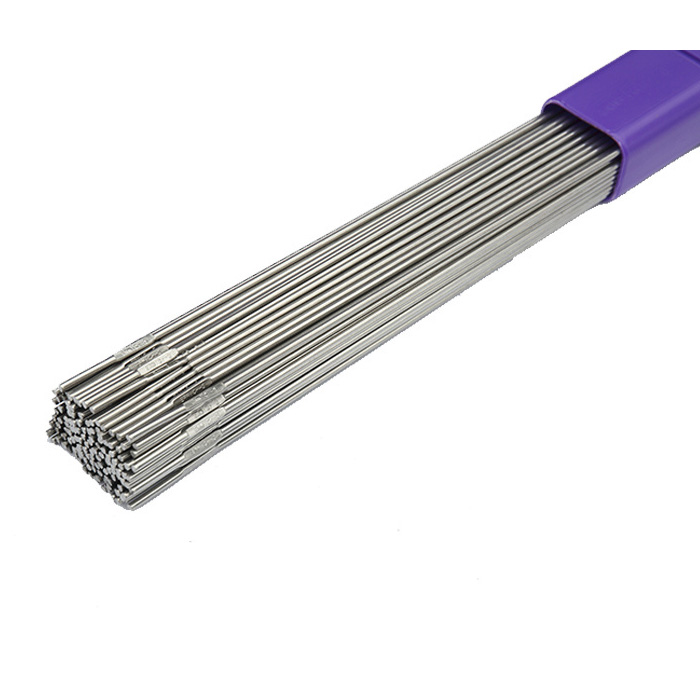 Inconel 625
Inconel 625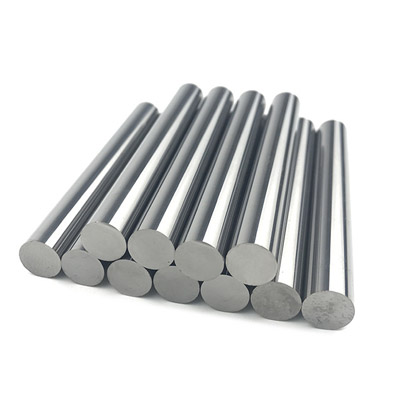 Inconel 718
Inconel 718 Inconel 725
Inconel 725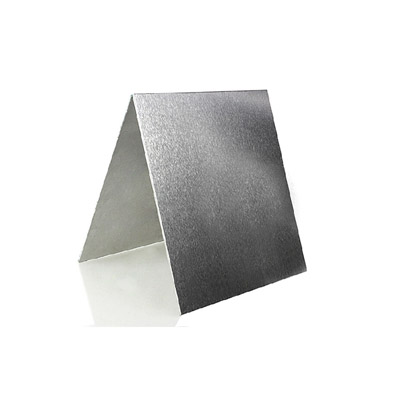 Inconel X-750
Inconel X-750 Inconel 690
Inconel 690 Inconel 617
Inconel 617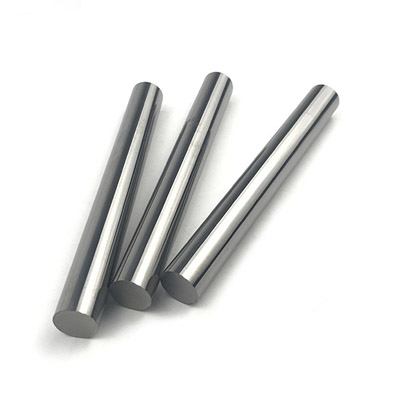 Inconel 601
Inconel 601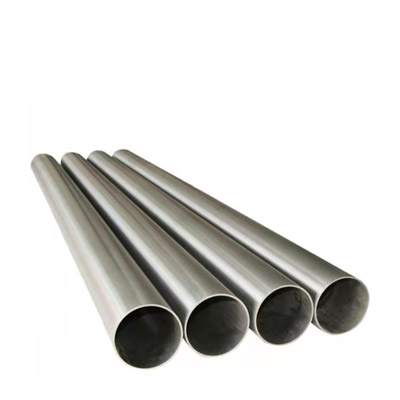 Inconel 600
Inconel 600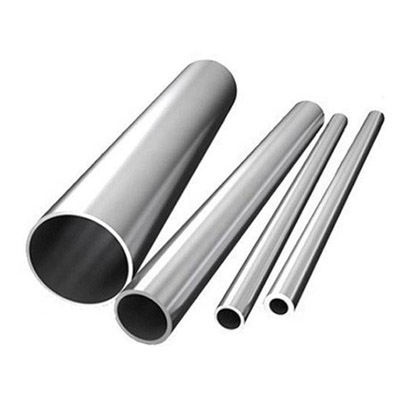 Inconel 686
Inconel 686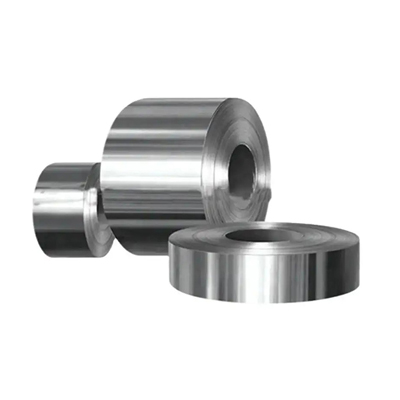 Inconel 602CA
Inconel 602CA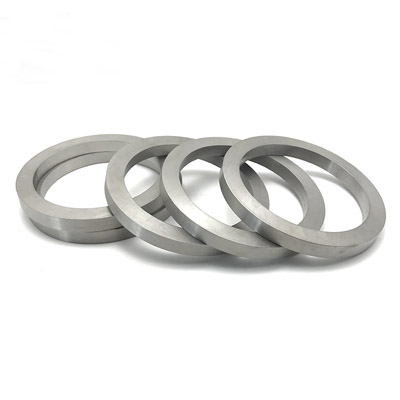 Incoloy A-286
Incoloy A-286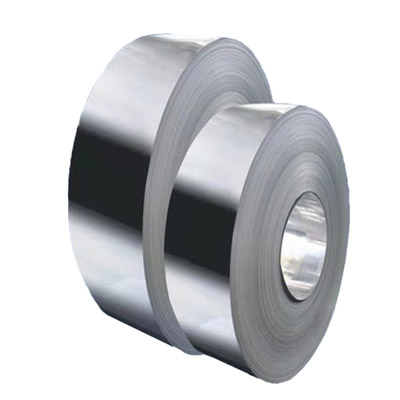 Incoloy 825
Incoloy 825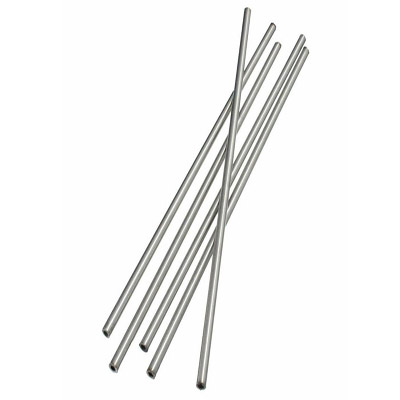 Incoloy 925
Incoloy 925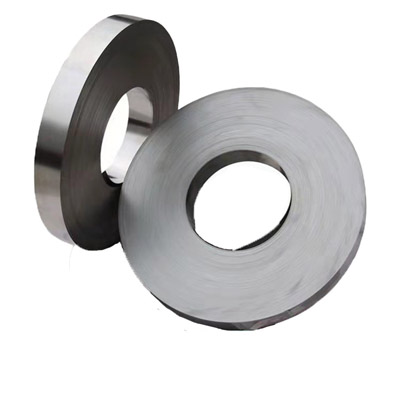 Incoloy 926
Incoloy 926 Incoloy 800
Incoloy 800 Incoloy 800H
Incoloy 800H Incoloy 800HT
Incoloy 800HT Incoloy 909
Incoloy 909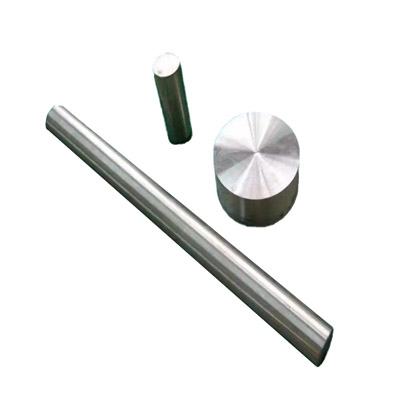 Incoloy 31
Incoloy 31 Incoloy 901
Incoloy 901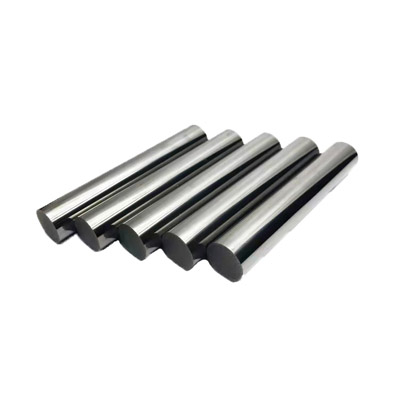 Monel K-500
Monel K-500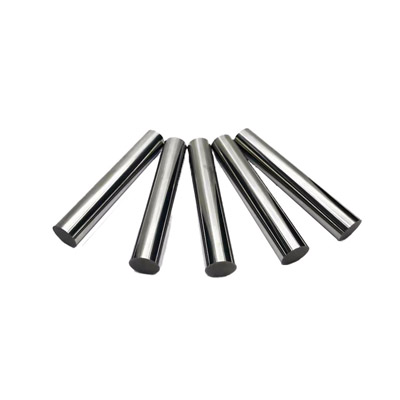 Monel 400
Monel 400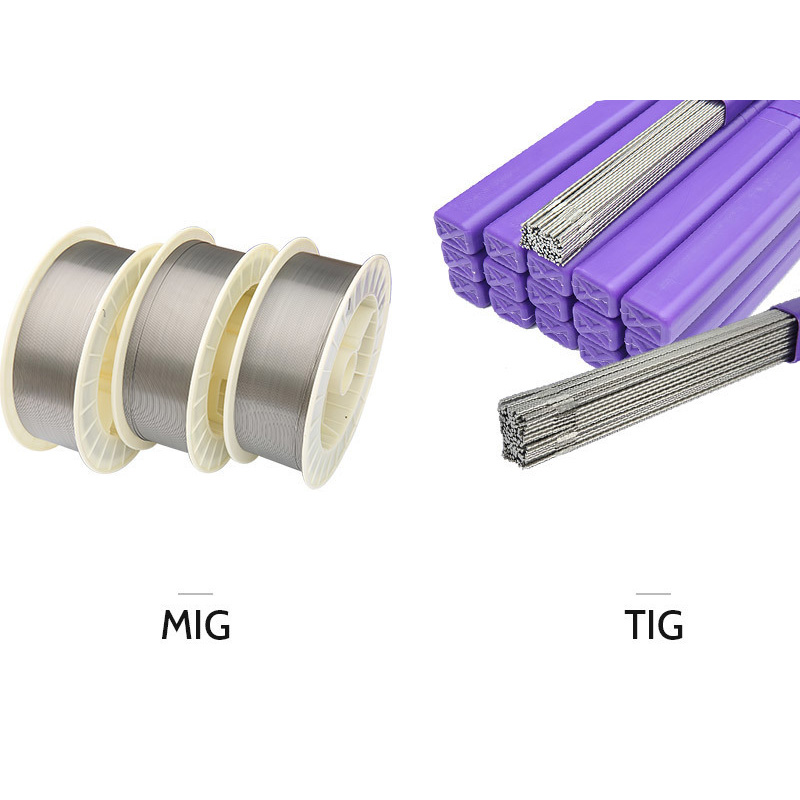 Nimonic 263
Nimonic 263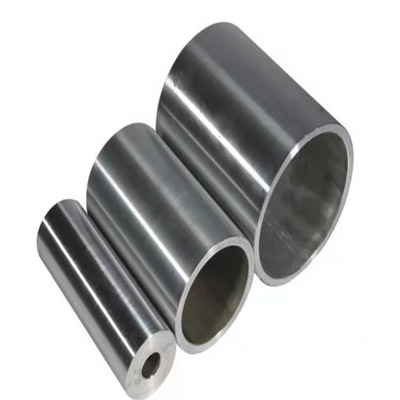 Nimonic 75
Nimonic 75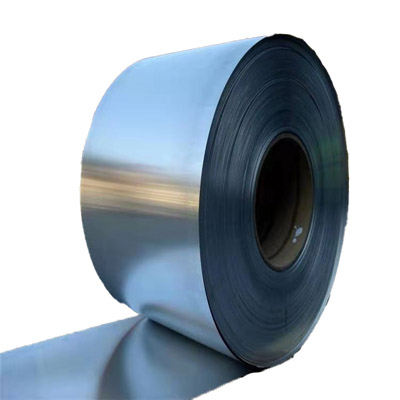 Nimonic 80A
Nimonic 80A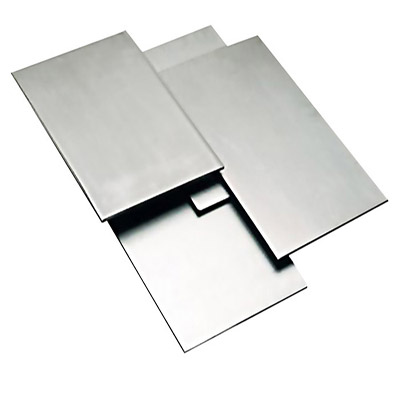 Nimonic 90
Nimonic 90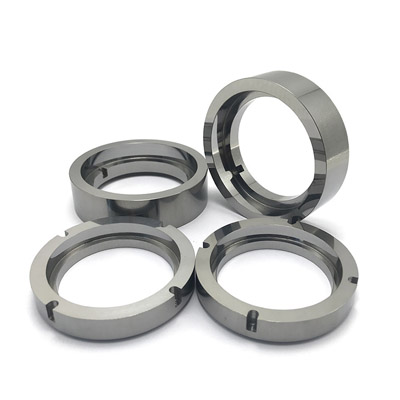 Nimonic PE11
Nimonic PE11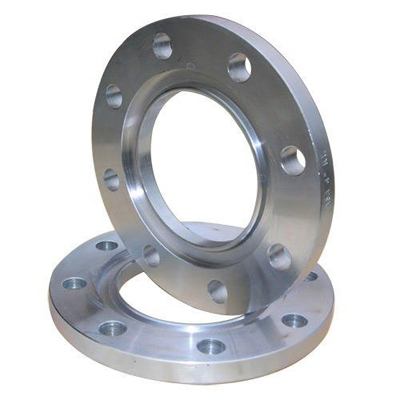 Nimonic PE16
Nimonic PE16 Nimonic PK33
Nimonic PK33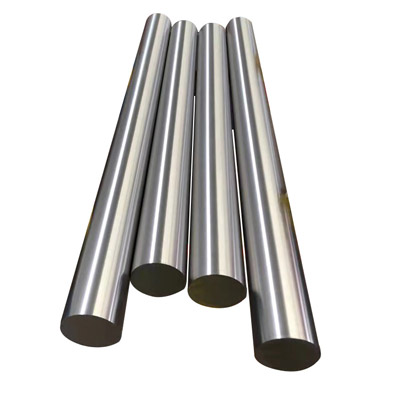 Nimonic 901
Nimonic 901 Nimonic 81
Nimonic 81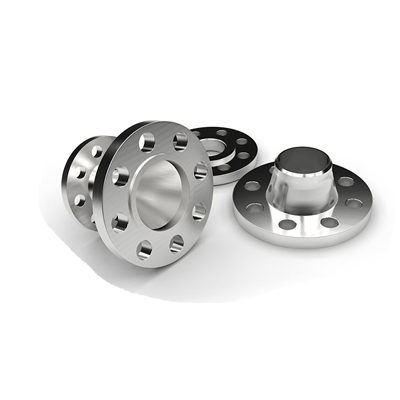 Nimonic 86
Nimonic 86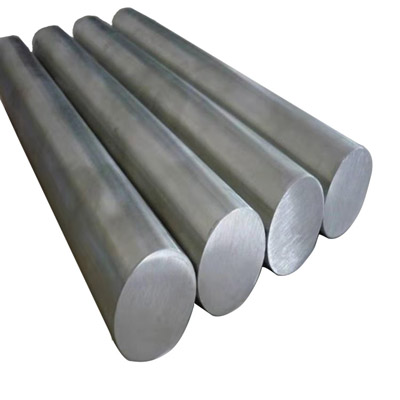 Nimonic 105
Nimonic 105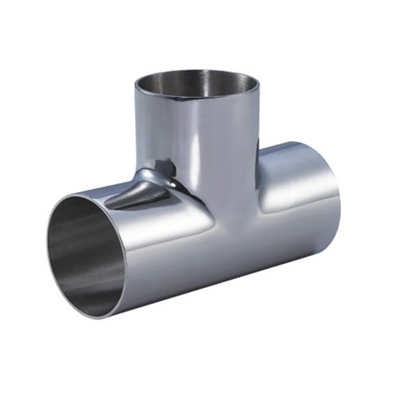 Nimonic 115
Nimonic 115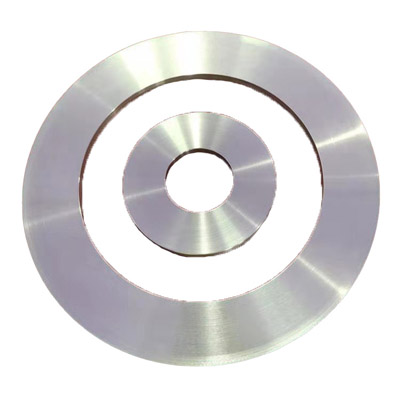 Hastelloy C-276
Hastelloy C-276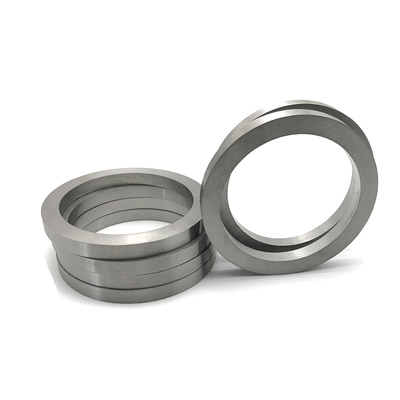 Hastelloy C
Hastelloy C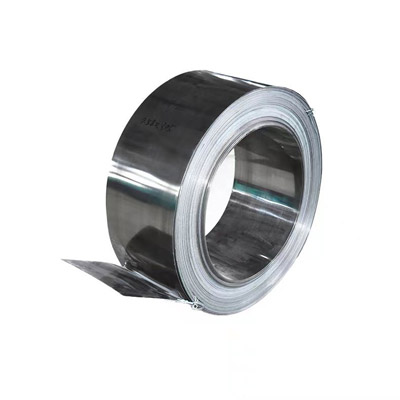 Hastelloy C4
Hastelloy C4 Hastelloy C-22
Hastelloy C-22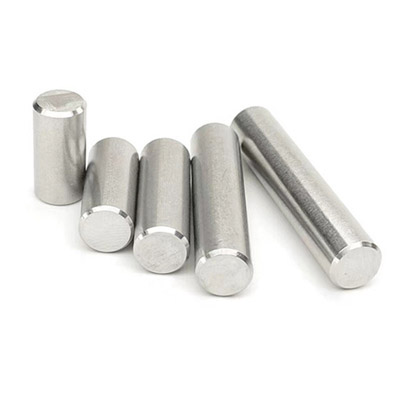 Hastelloy C-2000
Hastelloy C-2000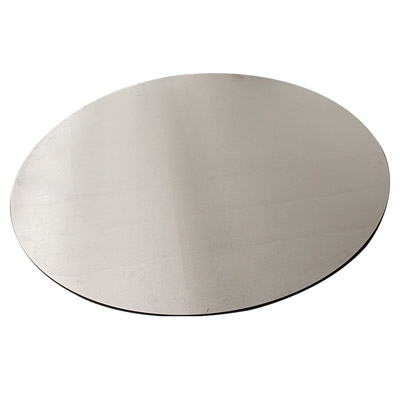 Hastelloy B-2
Hastelloy B-2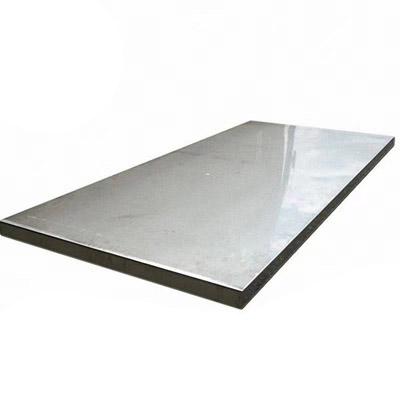 Hastelloy B-3
Hastelloy B-3 Hastelloy G30
Hastelloy G30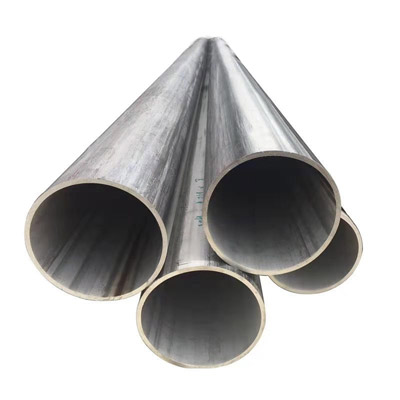 Hastelloy X
Hastelloy X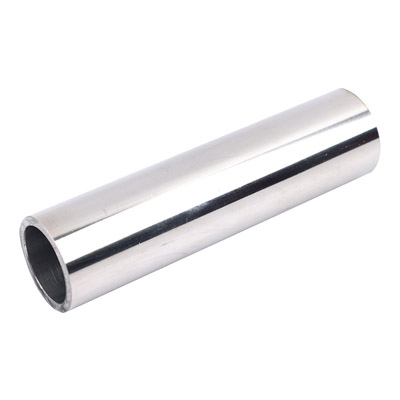 Super Invar 32-5(4J32)
Super Invar 32-5(4J32)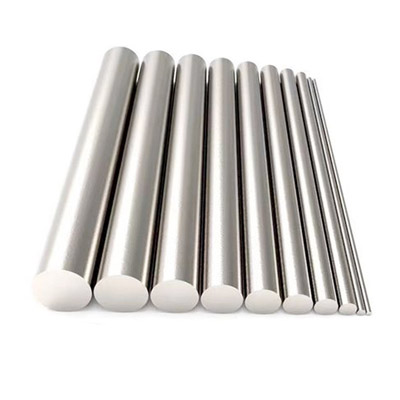 Alloy 36(4J36)
Alloy 36(4J36)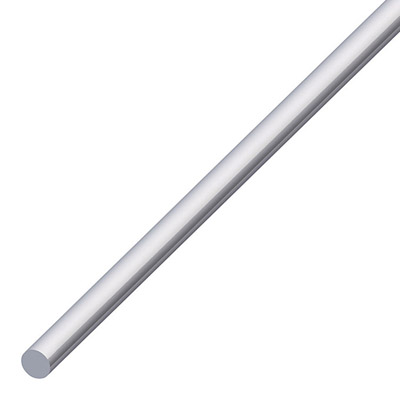 Alloy 42(4J42)
Alloy 42(4J42) Alloy 50(1J50)
Alloy 50(1J50) Hiperco 50(1J22)
Hiperco 50(1J22)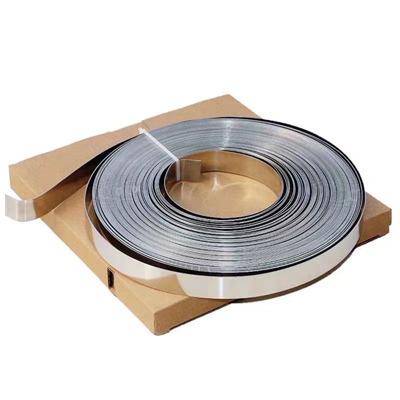 Alloy 46
Alloy 46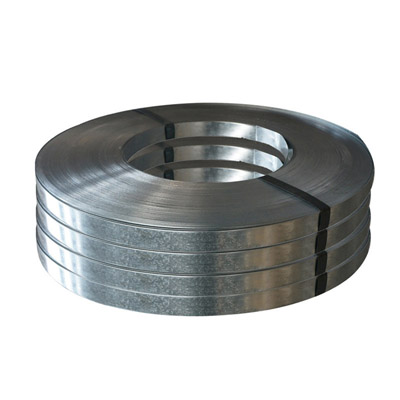 Permalloy (1J79)
Permalloy (1J79) Supermalloy(1J85)
Supermalloy(1J85)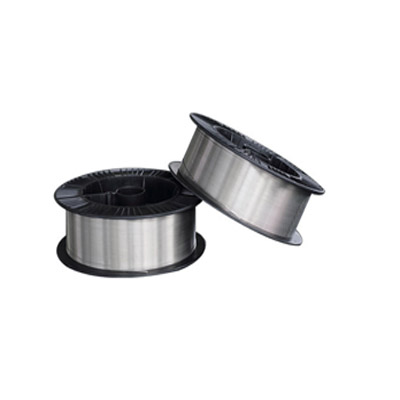 ERNiCrMo-2
ERNiCrMo-2 ERNiCrMo-3
ERNiCrMo-3 ERNiCrMo-4
ERNiCrMo-4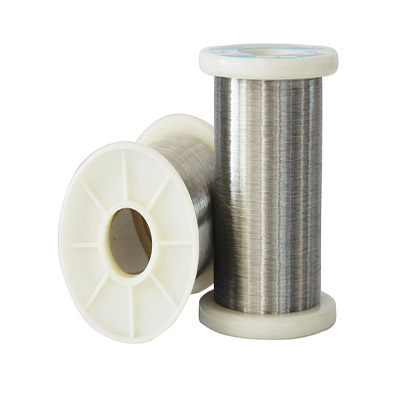 ERNiCrFe-7
ERNiCrFe-7 ERNiCrFe-7A
ERNiCrFe-7A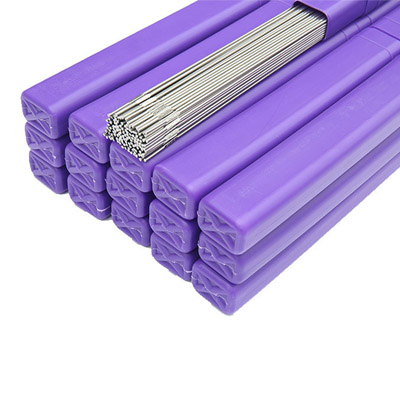 ERNiCrMo-10
ERNiCrMo-10 ERNiCrCoMo-1
ERNiCrCoMo-1 ERNiFeCr-2
ERNiFeCr-2 ERNiFeCr-1
ERNiFeCr-1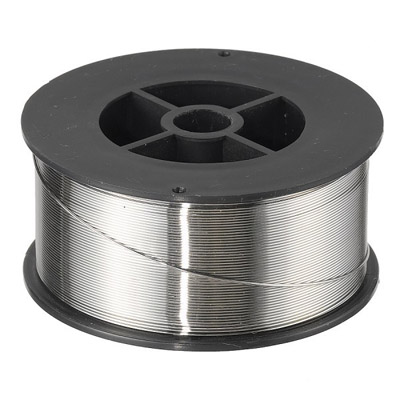 ERNiMo-8
ERNiMo-8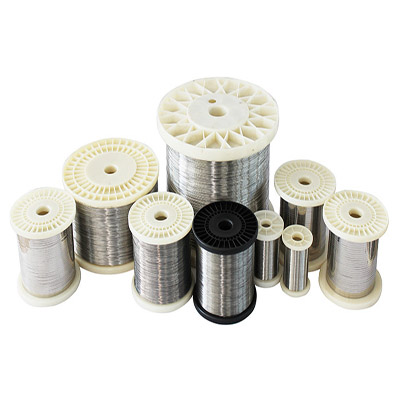 ERNiCrMo-13
ERNiCrMo-13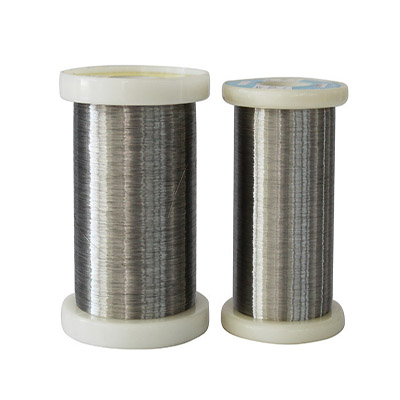 ERNiCr-4
ERNiCr-4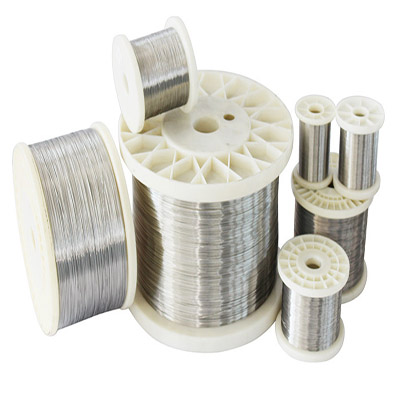 ERNiCr-3
ERNiCr-3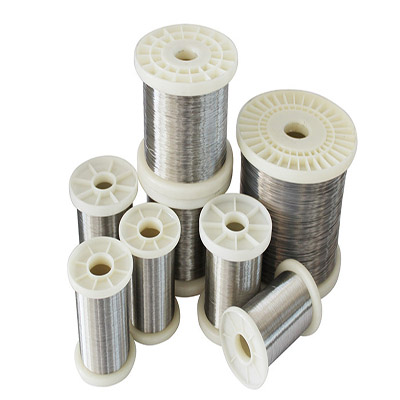 ERNi-1
ERNi-1 Haynes-25
Haynes-25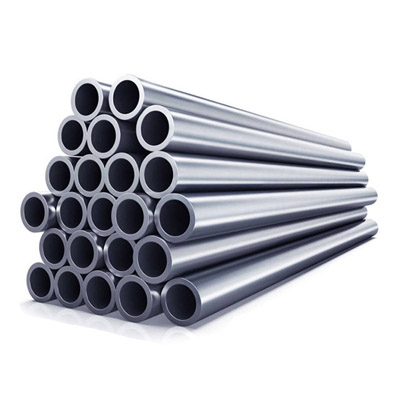 Hayness-188
Hayness-188 MP35N
MP35N Refractory 26
Refractory 26 Waspaloy alloy
Waspaloy alloy 17-4PH
17-4PH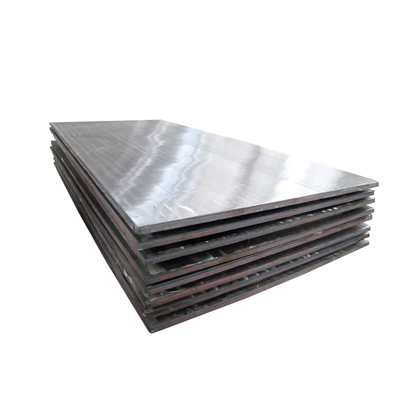 17-7PH
17-7PH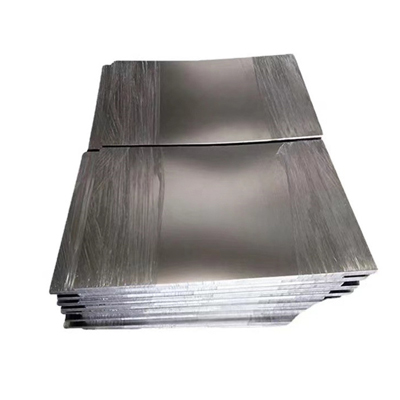 904L
904L Nitronic 50
Nitronic 50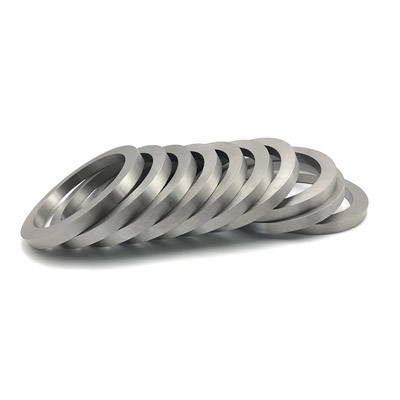 Nitronic 60
Nitronic 60 AL-6XN
AL-6XN F55
F55 PH 13-8
PH 13-8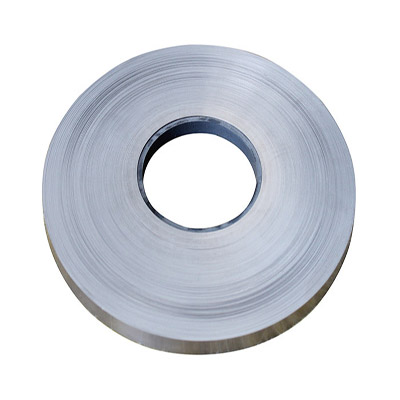 Haynes-230
Haynes-230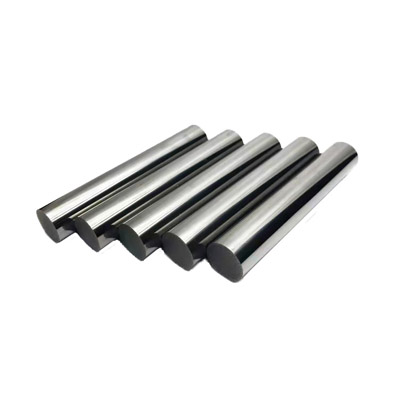 Nickel 200
Nickel 200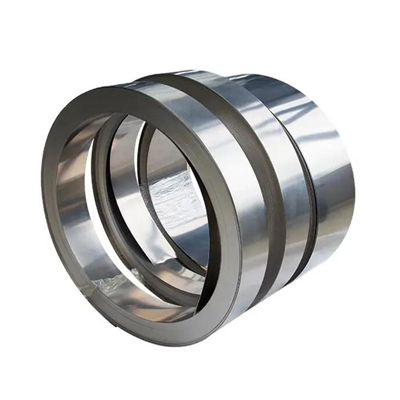 Cr20Ni80
Cr20Ni80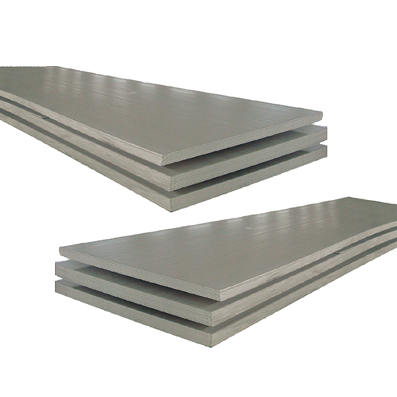 Sheet & Plate
Sheet & Plate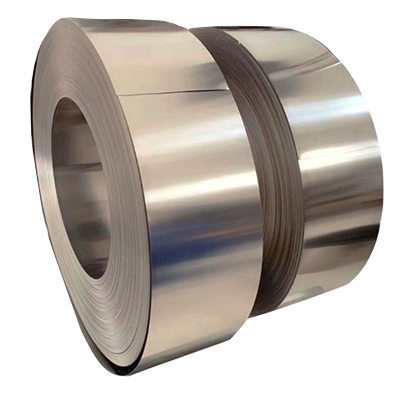 Strip & Foil
Strip & Foil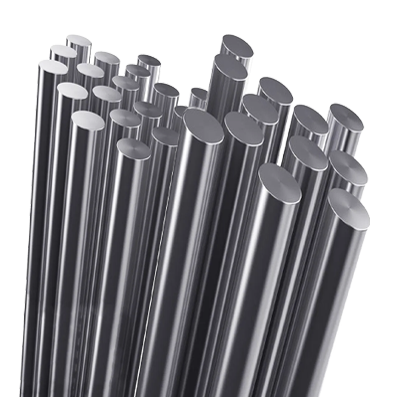 Bar & Rod
Bar & Rod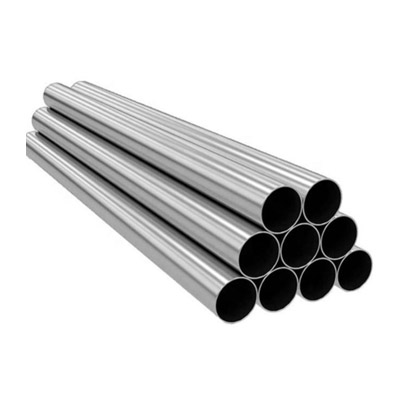 Pipe & Tube
Pipe & Tube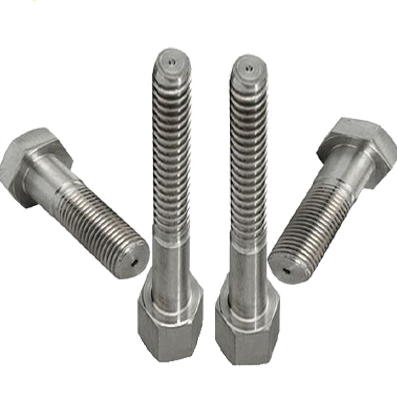 Bolts & Fasteners
Bolts & Fasteners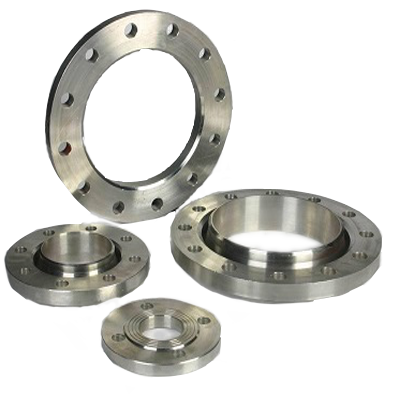 Flange & Ring
Flange & Ring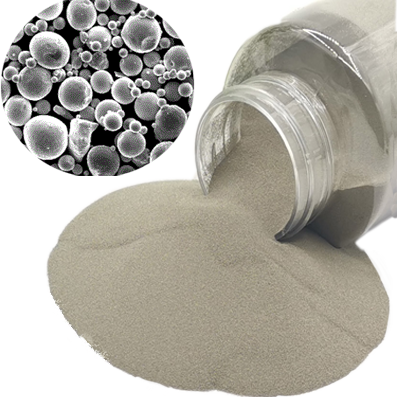 Nickel Alloy Powder
Nickel Alloy Powder

